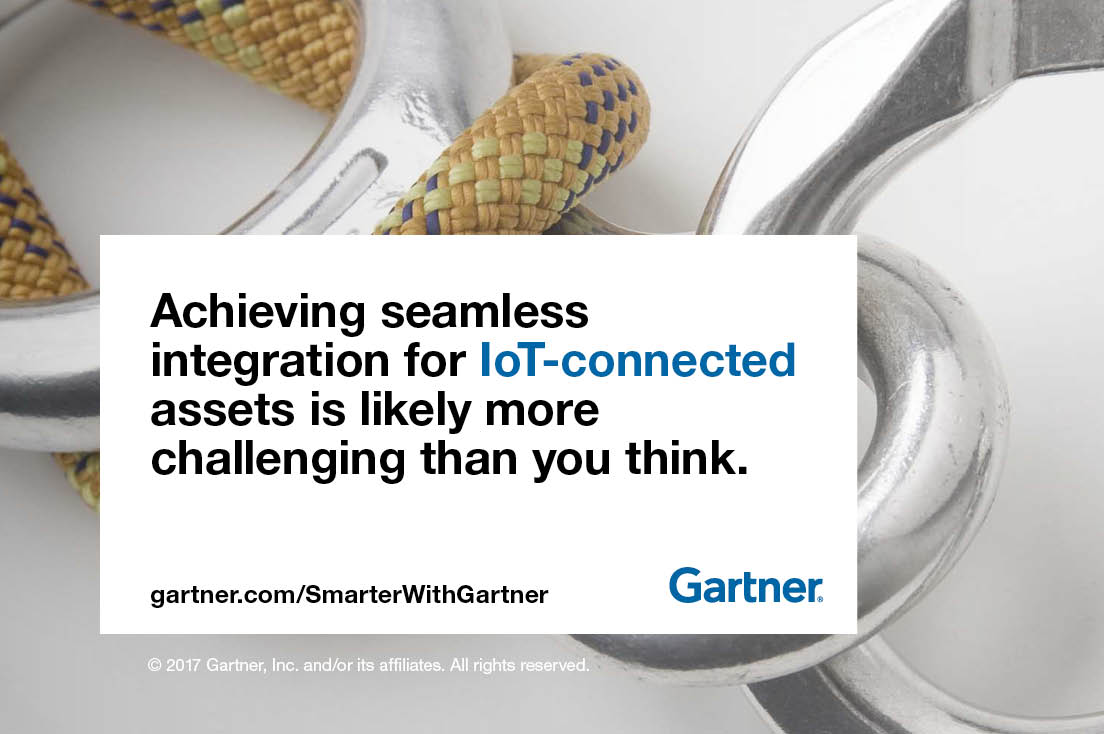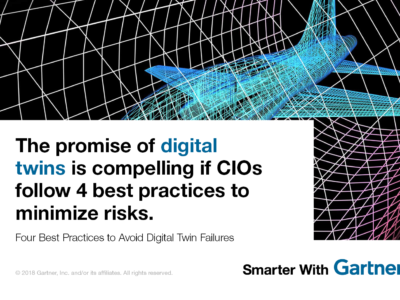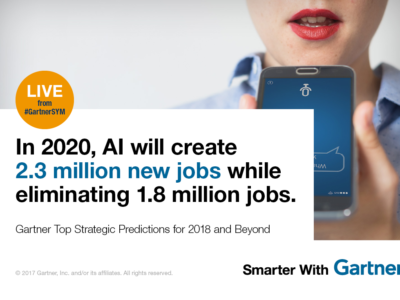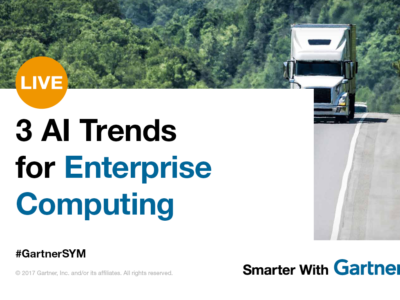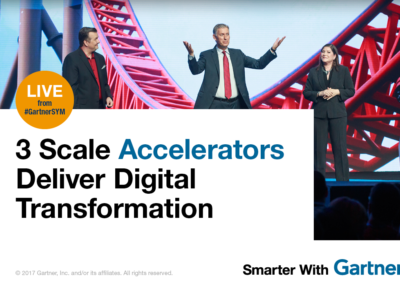IT teams must seamlessly integrate IoT products with IoT platforms, cloud and mobile apps.
Internet of Things (IoT)-connected products are proliferating rapidly. These include an array of both consumer appliances and industrial machines, ranging from smart dishwashers to industrial pumps.
As an alternative to “do it yourself” integration, many companies take their first steps into IoT via “preintegrated” services
To make deployments of IoT products work properly and deliver business value, IT teams must seamlessly integrate these products with IoT platforms, cloud and mobile apps, as well as various core enterprise applications such as CRM, procurement and field service.
Benoit Lheureux, research vice president at Gartner, suggests starting by addressing two key aspects of integrating a new IoT product.
Identify Which Forms of Integration You Will Need for Your IoT-Connected Product
“Achieving seamless integration for IoT-connected assets is likely more challenging than you think, because it involves so many different IT endpoints,” says Lheureux. “Aside from the IoT endpoints themselves, these assets might need to be connected to an IoT gateway, which aggregates the sensor data and feeds it into an IoT platform that can provision necessary IT resources to handle data ingestion, analytics and so on.”
The IoT infrastructure may then need to be connected to a mobile app for easy control of enterprise applications that already manage many existing business processes that the IoT endpoint could improve, and also in many cases, to external partners in the organization’s ecosystem.
Identify and Fill Any IoT Integration Capability Gaps
“Many companies will have some — but not all — of the technologies and skills they need to get the most out of IoT deployments,” says Lheureux. “It’s crucial to qualify the expectations around an implementation and make sure that it will deliver the expected benefits.”
A lack of skills, however, does not mean an IoT project cannot happen. As an alternative to “do it yourself” integration, many organizations take their first steps into IoT via “preintegrated” offerings from managed IoT service providers, IoT platform providers, communication services providers and mobile virtual network operators (MVNOs).
Case Study: Using IoT to Reduce the Cost of Train Maintenance
To help ground the concept of IoT integration in a real-world setting, imagine a train company.
The CEO wants to deliver improved financial results for shareholders in 2018, and has gathered the board to discuss key areas for growth and for cost savings.
The CIO is keen to show that the IT organization can drive new value and savings, and therefore suggests examining whether technology-enabled processes could help increase efficiency and reduce the cost of train maintenance — one of the primary costs of running the business.
The CIO takes responsibility for the project and works with internal leadership to identify a robust set of IoT use cases and financial models relating to optimizing train maintenance.
At the heart of this digital transformation is shifting maintenance operations from a maintenance schedule that affected repairs to trains based on how long a part had been in use for or how far it had travelled. The new system is based on life and health indicators that more accurately reflect the real-time condition of core train components.
The basic architecture for such a system involves placing IoT sensors to measure performance of core train components such as doors and brakes. These IoT endpoints feed this performance data into an application programming interface (API) that aggregates the data and connects it to a new IoT application platform running on a private cloud. The new IoT platform then connects with an existing ERP system — again via an API — to manage the business processes associated with train maintenance.
This method is minimally invasive, because old applications and processes that responded to requested maintenance actions, such as “change the train’s brake pads” or “check the sliding rollers on doors,” for maintenance teams are still in place.
The crucial difference, however, is that the same maintenance actions are now dynamically triggered by new IoT-fueled contextual information about each train asset, based on IoT sensors. Repairs are carried out when they are needed, rather than by schedule. This reduces unnecessary repairs, identifies and eliminates failures that may have been missed on a normal time-based schedule, allows for better management of maintenance resources and procurement, and ultimately results in better-maintained trains — for less cost.
Get Smarter
Client Research
Gartner clients can read more in “Best Practices for Integrating IoT-Connected Products.”
IoT Leadership eBook
Learn more about IoT strategy in the complimentary Gartner e-book, Leading the IoT.
Gartner Catalyst Conference 2017
Additional information will be presented at the Gartner Catalyst Conferences taking place August 21-24 2017 inSan Diego, CA and September 25-26 in London. Follow news and updates from the event on Twitter using#GartnerCAT.

